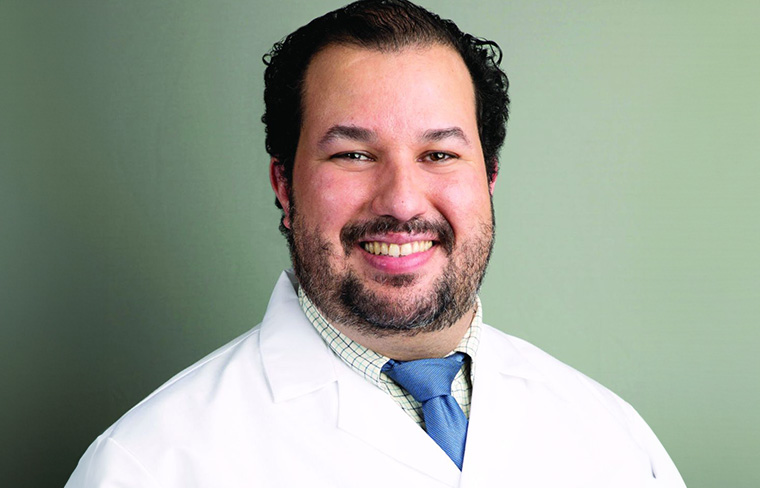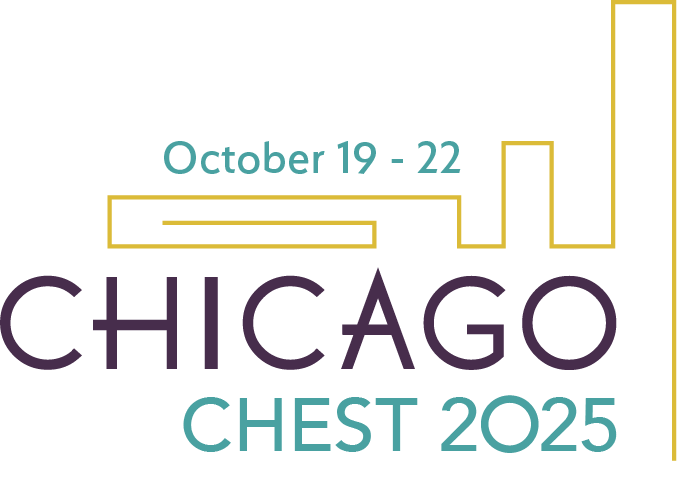Network News
-
Extending exercise testing using telehealth monitoring in patients with ILD
The COVID-19 pandemic revolutionized the use of monitoring equipment in general and oxygen saturation monitoring devices as pulse oximeters in specific. Home technology devices such as home spirometry, smart apps, and […]
-
Mechanical power: A missing piece in lung-protective ventilation?
The ARDSNet trial demonstrated the importance of low tidal volume ventilation in patients with ARDS, and we have learned to monitor parameters such as plateau pressure and driving pressure (DP) […]
-
Prediction models in sepsis
Early recognition is the linchpin of sepsis management, as mortality from sepsis increases by 4% to 9% for every hour that diagnosis and treatment are delayed.1 2 Artificial intelligence (AI) […]
-
Lung ultrasound: An indispensable yet underutilized tool
An assessment using bedside thoracic ultrasound (TUS) improves diagnostic evaluation and therapeutic management in critically ill patients without undue risk. With changes in diagnosis occurring in 23% of cases and […]
-
The gas stove: Friend or foe?
The kitchen is considered the heart of the home, but recent discoveries have raised concerns about whether this beloved space might also pose hidden health risks. Gas stoves, present in […]
-
Hospital to home tracheostomy care
Patients with tracheostomies require comprehensive planning to avoid adverse events. Technological improvement has enhanced our ability to support these patients with complex conditions in their home settings. However, clinical practice […]
-
Bronchiectasis: A call to action
Bronchiectasis is an extremely heterogeneous airways disease, making it difficult to study. For years, the noncystic fibrosis (CF) bronchiectasis community has been trying to organize to provide better care for […]
-
Advancements in nutritional management for critically ill patients
Nutrition plays an important role in the management and recovery of critically ill patients admitted to the ICU. Major guidelines recommend that critically ill patients should receive 1.2 to 2.0 […]
-
HALT early recognition is key
Hyperammonemia after lung transplantation (HALT) is a rare but serious complication occurring in 1% to 4% of patients with high morbidity and mortality. Typically presenting within 2 weeks post transplant, […]










